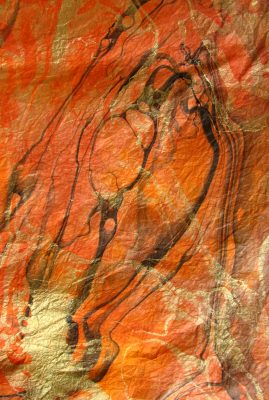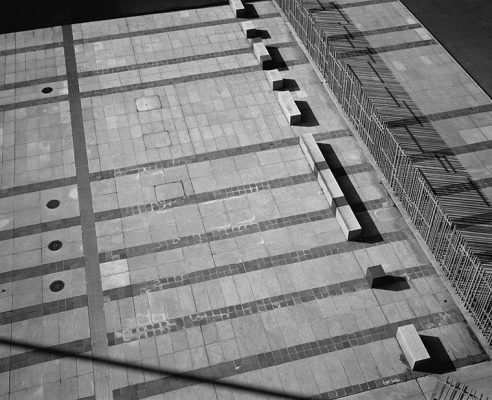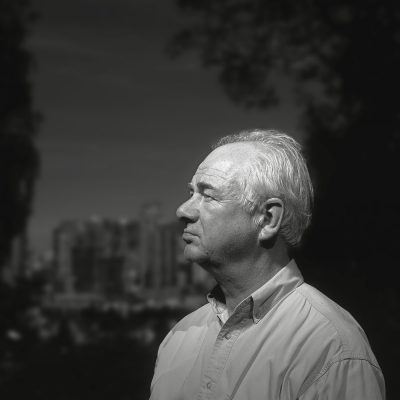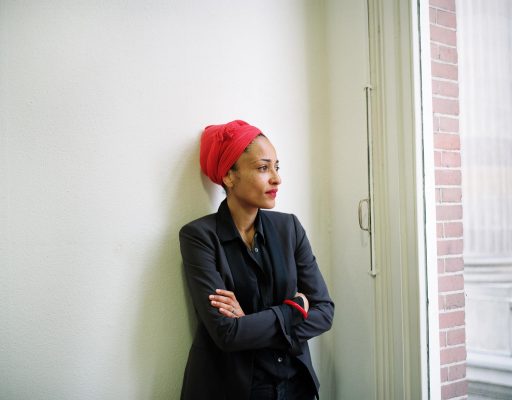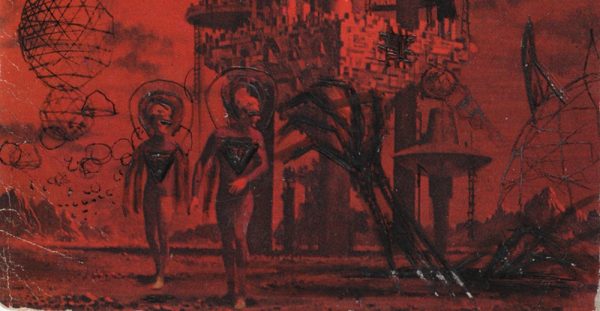Lydia Davis takes a wry approach to her own biography. In 2011, she began assembling a false one, ‘Goodbye Louise, or Who I Am’, composed of the misnomers, inaccurate affiliations and bizarre descriptions attributed to her over the course of her career. Born in 1947 in Northampton, Massachusetts, her family background has fabulation built into it: both her parents, Hope Hale Davis and Robert Gorham Davis, were respected authors, who taught writing at a range of American institutions. As a student at Barnard College in the late 1960s, Davis took courses in writing and worked in the traditional short story form, some years later developing the oblique, haiku-like vignettes which would upend editors’ and readers’ expectations of the short-story genre and, over subsequent decades, win her prizes and acclaim, from the Chevalier and Officier of the Ordre des Arts et des Lettres to the Man Booker International Prize.
While Davis is best known for the telegraphic, crystalline stories that make up collections such as Can’t and Won’t (2014) and Varieties of Disturbance (2007), to label her an ascetic minimalist is to underserve the breadth of her work, which encompasses translations from French, Dutch, nineteenth-century British English, German and Norwegian; a novel (1995’s The End of the Story); and, more recently, two volumes of essays (the second of which is forthcoming in 2021). The first instalment is a seductive mix of generous writing-advice manifestos, patient odes to favourite authors (Lucia Berlin; Jane Bowles) and lucid excursions into visual arts criticism, while Essays Two zeroes in on Davis’s devotion to the discipline of learning and translating languages, and the academic scuffles that can postscript putting one’s own stamp on sanctified world classics (a typical fit of indignation over her translation of Proust’s Du côté de chez Swann as The Way by Swann’s comes to mind).
Davis lived for a period in the 1970s in France, and is deeply invested in the legacy of world and European letters; nonetheless, in 2019 she took the decision no longer to fly, wanting to acknowledge – to an individually consequential degree – the accelerating climate emergency. Amid technical suggestions for improving syntax and expression, in Essays One she paraphrases a bon mot of Stendhal’s – ‘Work on your character’ – as guidance for would-be authors; a sense of good writing as inseparable from fiercely delineated personal principles imprints all her work. In March 2020, it felt fitting that I had to cancel plans to meet Davis at her home in upstate New York. Reverting by necessity to email, over a tense, largely indoors autumn, the medium occasioned a reflection on how Davis alchemises the banal documents of bureaucratic life – thank-you letters, lists, complaint slips – and forages from them newly expansive narrative forms.
